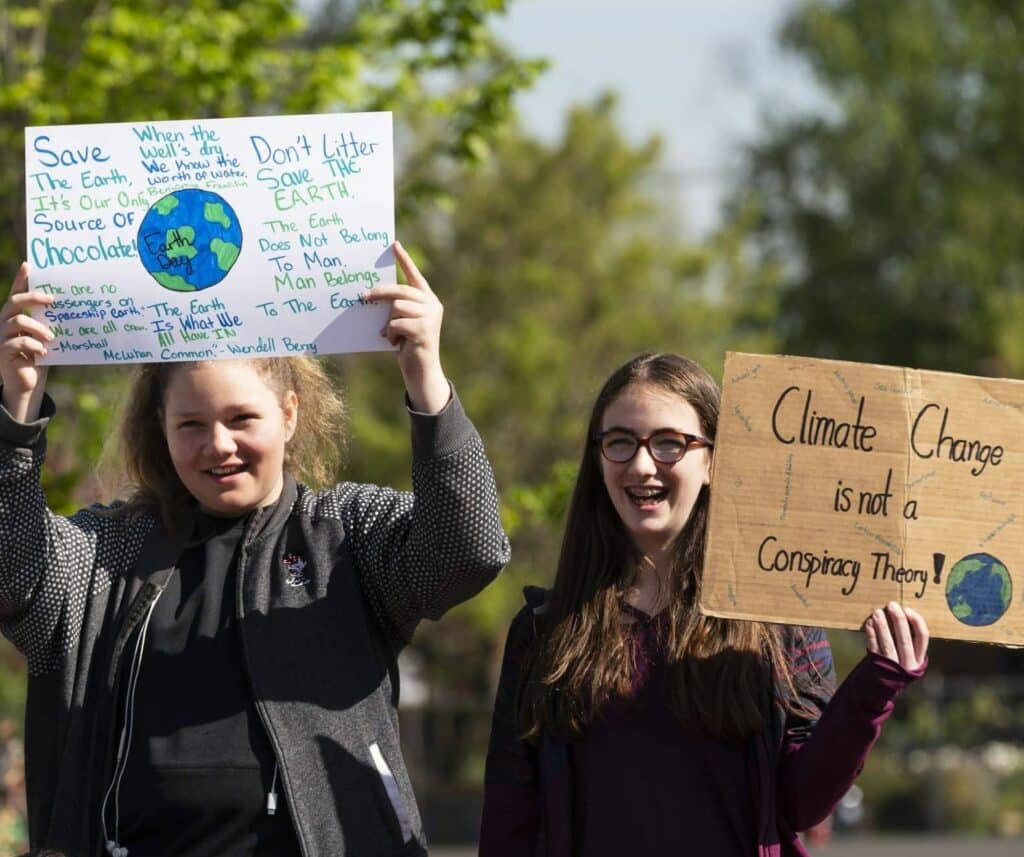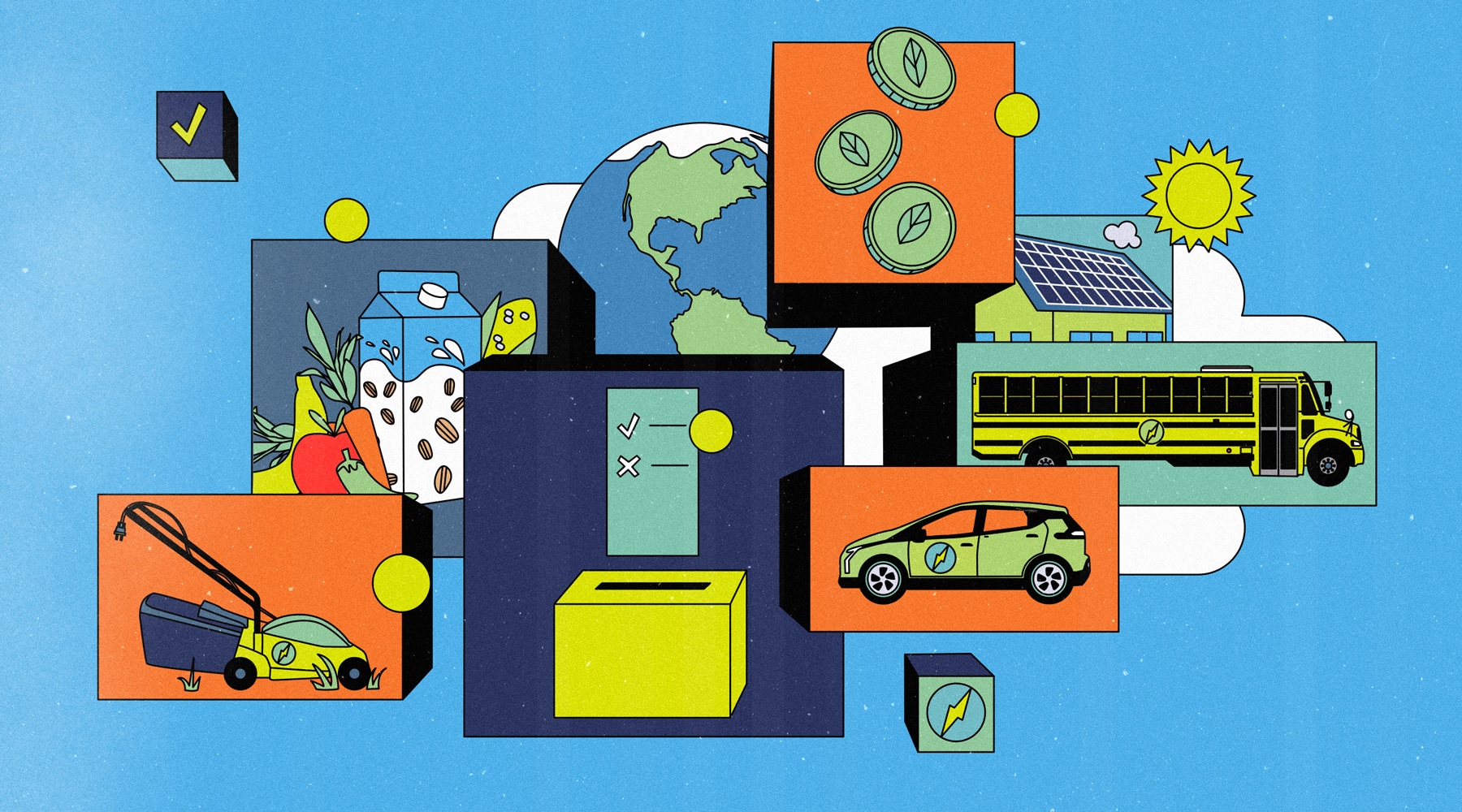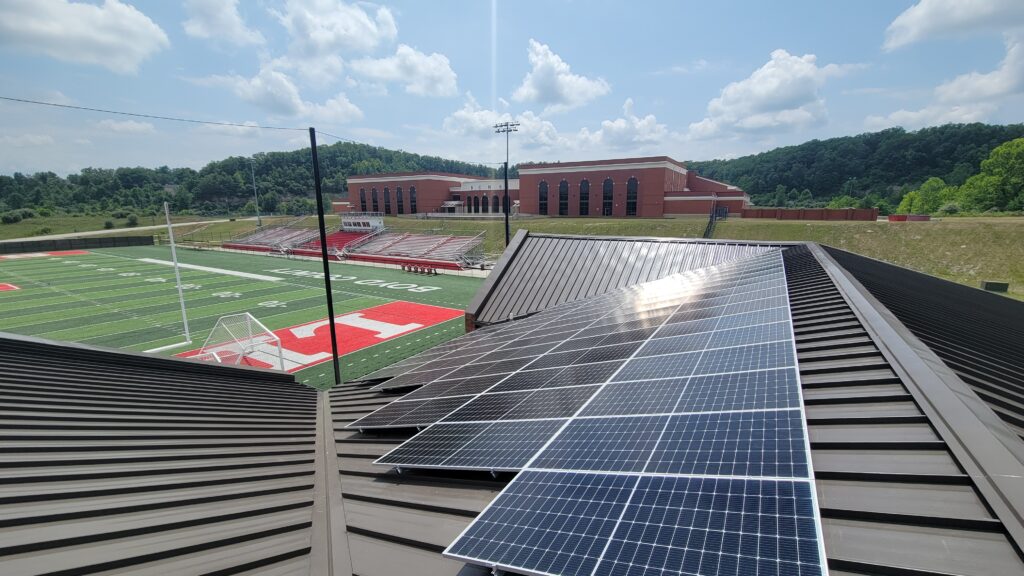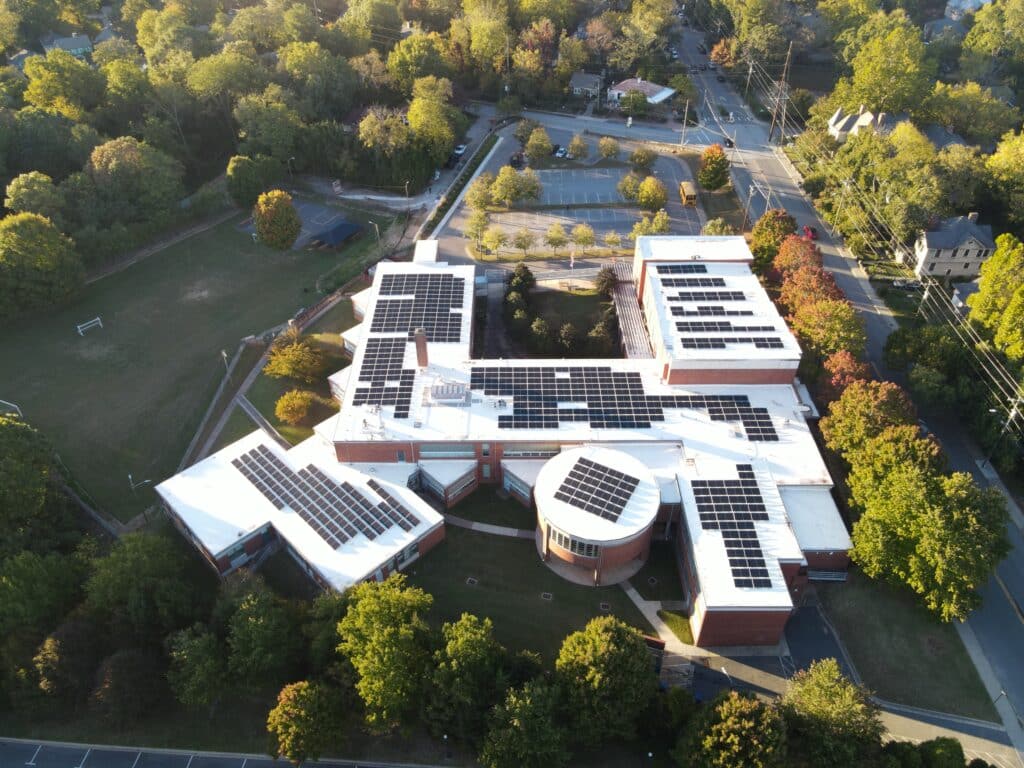While some things are causing national despair—America’s debt ceiling discussion, inflation, no longer having access to Netflix through your cousin’s best friend’s ex’s password—there are plenty of reasons to have hope about our clean energy future. On top of signing the Inflation Reduction Act (IRA)—the biggest investment in clean energy and climate in U.S. history—students, business leaders, grandparents, artists, and more are stepping up and leading impactful local climate action with global results.
Here’s our current listicle of examples to point to clean energy progress currently underway and around the corner, thanks in large part to the IRA.
The Inflation Reduction Act
- The Inflation Reduction Act will reduce America’s energy bills by an average of $1,800/year. (Energy Innovation)
- The IRA will spur domestic production of clean energy—creating millions of clean energy jobs. (World Economic Forum)
- The IRA provides $3 billion for the U.S. Postal Service to electrify its fleet of more than 217,000 vehicles, the largest government fleet in the nation. (Washington Post)
- The IRA offers up to $14,000 for home energy efficiency upgrades, including up to $8,000 to install a heat pump. (CRS)
- Nearly 13% of childhood asthma cases in the United States can be linked to having a gas stove in the home. (RMI)

Clean Energy
- Clean energy creates jobs. If countries stick to their climate pledges, clean energy is expected to add 14 million jobs worldwide this decade. (IEA)
- Clean energy increases energy security: Homegrown energy makes us less dependent on other countries for foreign oil, which fluctuates in price, and less vulnerable to geopolitical turmoil. (IEA)
- Clean energy advances equity. Racist policies led to building highways and fossil fuel infrastructure near Black, Indigenous, and communities of color. Climate justice cleans the air, lowers energy bills, and grows local economies. (Harvard)
- Wind and solar energy are now the cheapest energy sources in history and will continue to get cheaper. (IRENA)
- Red states are leading the US in solar and wind production, like Iowa, Oklahoma, and Texas. State and federal incentives were a major driver for the growth in clean energy generation. (The Guardian)
- Renewables are projected to supply 80-90% of U.S. electricity by 2030. (Heatmap)
- The price of rooftop solar has dropped more than 70 percent in the last decade. (EEI)

Behavior Change
- The greatest predictor of climate action is whether or not you think your peers are taking it (peer influence and reputational concerns are high predictors of shifting climate-friendly behaviors). (Nature)
- Humans are social beings! Matching one’s behaviors to those of their peers to fit a norm, increases pro-environmental behaviors. (Ecological Economics)
Alongside this unprecedented federal climate funding, organizations and advocates are doubling down to help communities understand and utilize new clean energy investments.
















